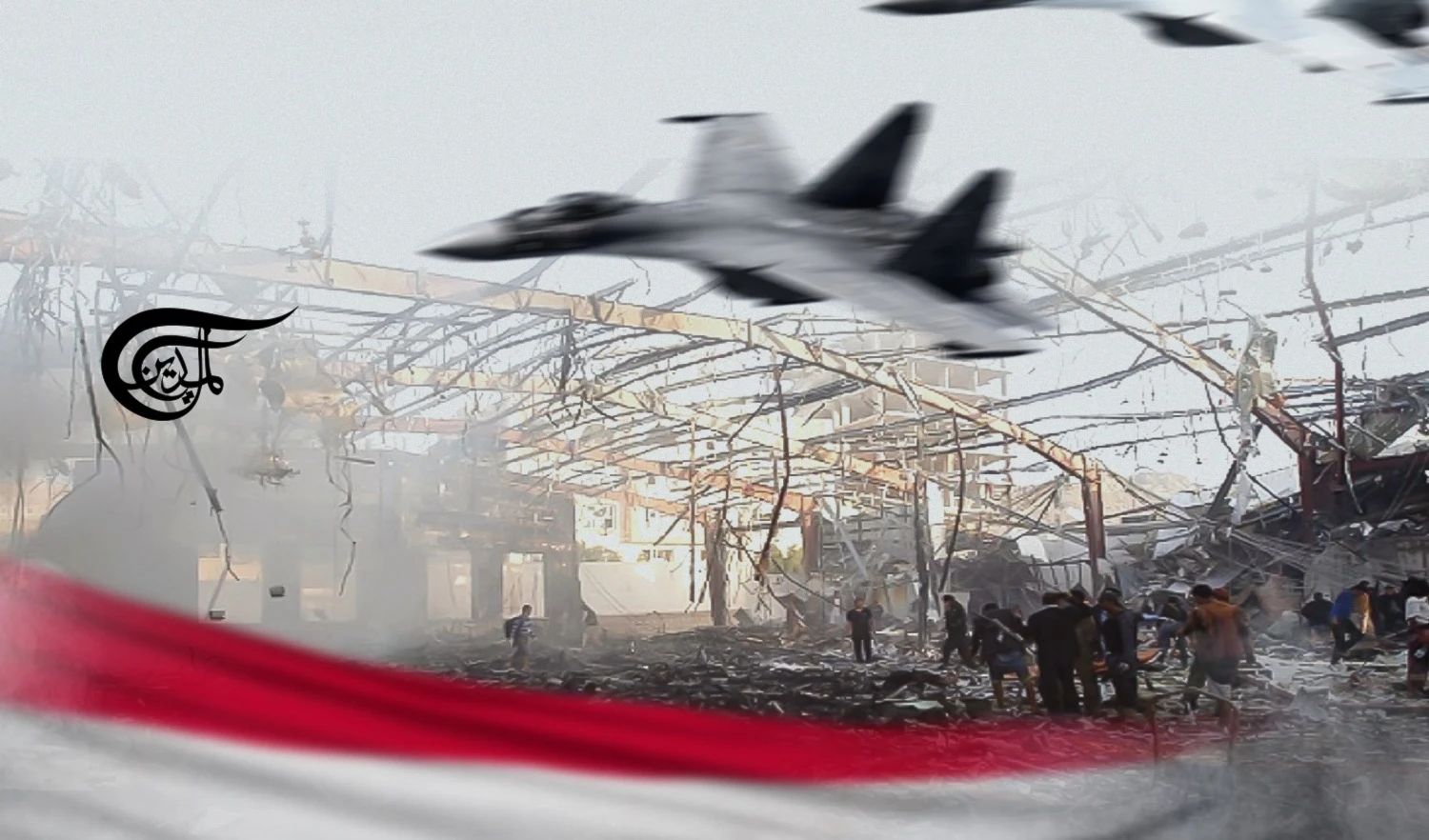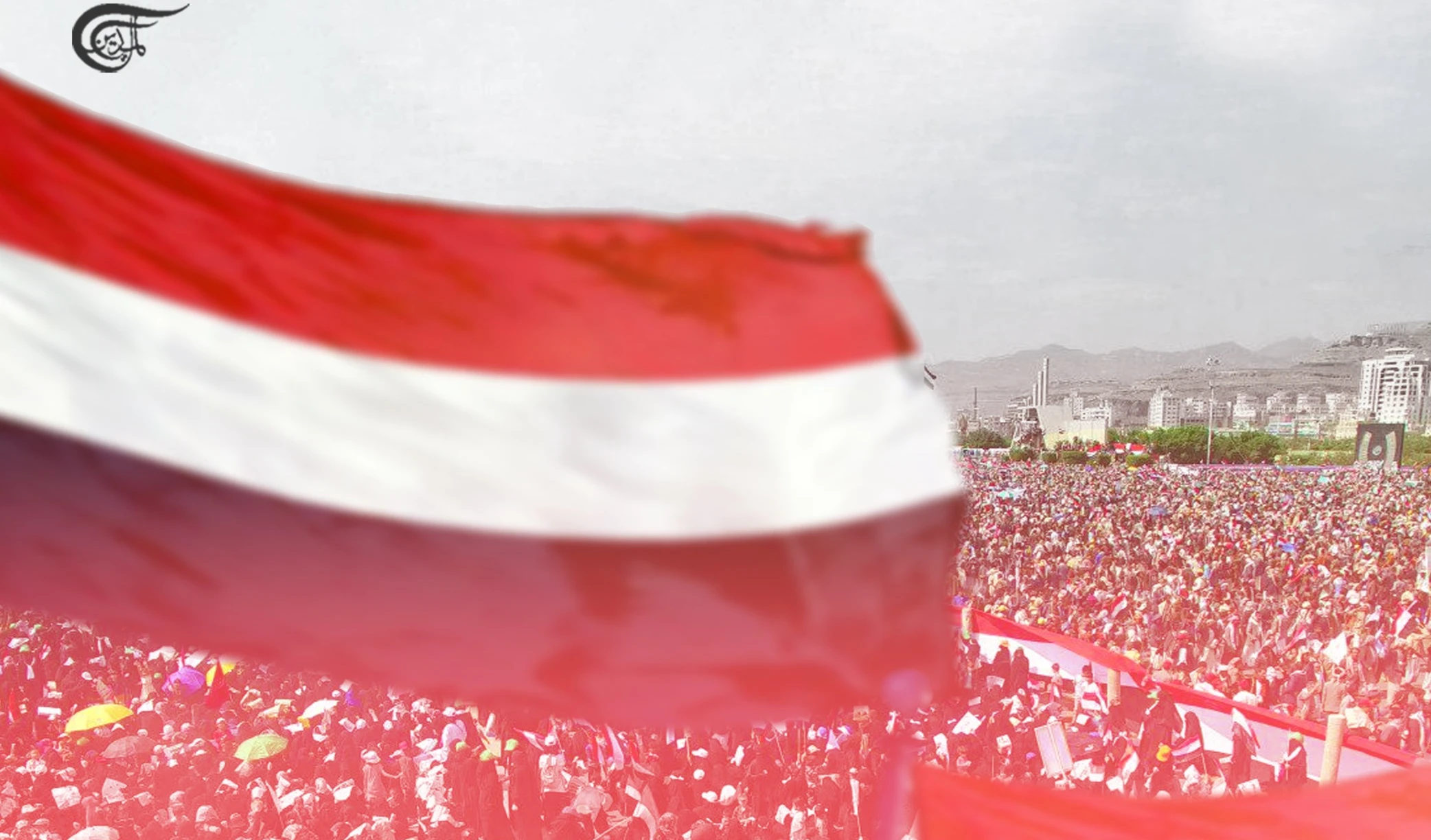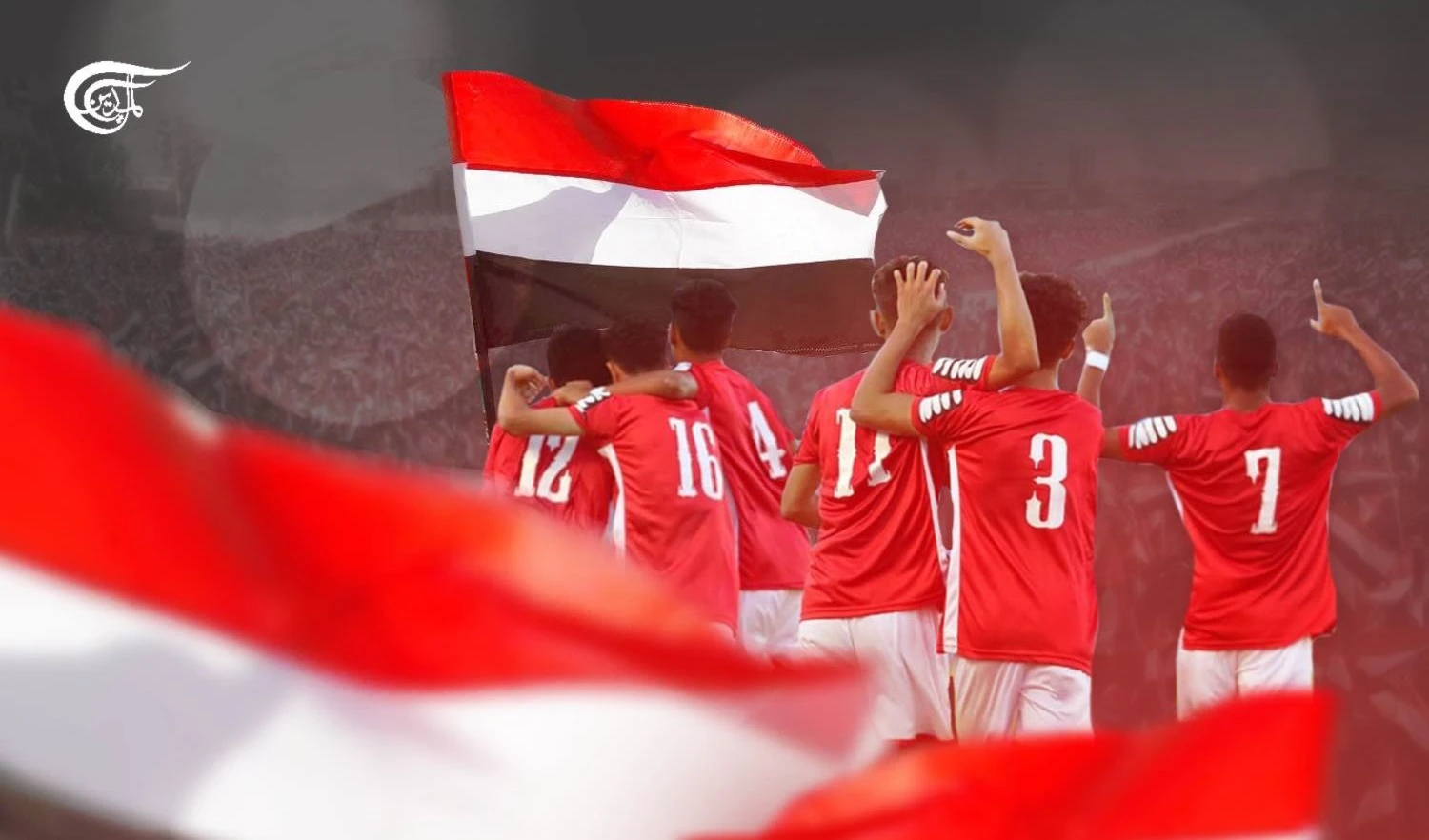Ansarallah: The Vanguard of Yemen’s Agrarian Revolution
“The self-sufficiency system is the basis of construction, and with agriculture, we strengthen the economy front”, the song goes.
-

“One hand protects, another hand builds” was the slogan adopted by Yemen’s late revolutionary president Saleh Al-Sammad
On August 19th this year, Pro-Ansarallah Yemeni folk singer Salem Almasoudi released a new song on his verified Youtube channel.
“The self-sufficiency system is the basis of construction, and with agriculture, we strengthen the economy front”, the song goes.
Almasoudi’s song is one of many released over the past many years that deals exclusively with an agrarian theme, and is largely emblematic of ongoing fundamental changes to Yemen’s battle-worn, forgotten agricultural sector. A sector the Ansarallah is now spearheading to develop.
According to researcher Zaid Ali Basha, Yemen had been agriculturally self-sufficient up until the 1960s, when the country experienced a set of major setbacks that would eventually replace centuries of ingenious cooperative agro-ecology with an economic model overly dependent on loans and imports in an attempt to include Yemen within the global capitalist system.
This insistence that Yemen be part of global market capitalism has turned a country of food self-reliance into a country of food insecurity. Yemen is today the Arab world’s poorest country - barely existing on a limb.
Any Yemeni modernizer with the intent of developing the country’s agriculture to self-sufficient levels has met strong and excessively violent opposition from neighboring Saudi Arabia, who fears that a rising and self-sufficient Yemen would be detrimental to the Saudi dynasty’s regional influence and outreach. Yemen’s leftist President of the northern Yemen Arab Republic, Ibrahim Al-Hamdi, was murdered in 1977 before the fruits of his five-year plan could be reaped. Al-Hamdi is credited with uniting the country’s many self-owned agrarian cooperatives into a single union for the benefit of the Yemeni state, as opposed to the tribal-feudalist “centers of power” present in Yemen by the early 1970s.
“One hand protects, another hand builds” was the slogan adopted by Yemen’s late revolutionary President Saleh Al-Sammad, as he addressed the Yemeni masses on the 26th of March 2018 marking the third consecutive year of the war on Yemen. This slogan ties together the anti-capitalist, anti-colonial economic, and political strategies that the wider Ansarallah movement has adopted. In order to strengthen the defense of Yemen as a whole, the two fronts - the battlefront and the development front - must be strengthened on an equal basis, with no conceivable difference in significance and importance between them. The strategy relies on activating all capabilities of the Yemeni state into a single, uniform body that builds what Empire destroys, such as roads, bridges, farmland, tunnels, and public recreation - and destroys what Empire builds: military bases, military formations, invasions, systems of exploitation, etc.
The Ansarallah movement, mostly known simply by the reductionist term “Houthi rebels”, has adopted this clear anti-capitalist economic strategy for the development of the country’s agrarian sector, and progress is manifested in a number of ways that would have been inconceivable just 10 years ago.
According to the National Vision document released in 2019 by the Supreme Political Council, a document usually considered the Ansarallah group’s de-facto manifesto, it is recognized that a traditional agricultural sector, coupled with the waste and contamination of marine life, the utilization of water resources and the excessive usage of contaminating pesticides have all contributed to agriculture in decline.
They understand and acknowledge the problems, and recent events have proven that they are serious about mitigating them.
After the People’s Revolution of September 21, 2014, the Ansarallah-backed authorities established the Higher Agricultural and Fisheries Committee to develop effective plans for agrarian reform based on clear material analysis. The Committee helped establish the Bonyan Development Foundation as a leading cooperative tasked with reviving collective labor in which all strata of Yemen’s population take part. War and bombardment may have been a hindrance to certain aspects of what the Ansarallah calls the “Agricultural Renaissance”, but in general it has succeeded. In one aspect, Yemen has achieved total self-sufficiency when it comes to the production of garlic, a staple food that the country used to import up to 20,000 tons annually before the revolution.
In the context of cereal agriculture, in 2021 alone 19 studies have been implemented by youth research volunteers with a focus on developing a general assessment of the environmental situation such as water resources, soil, and vegetation. The Bonyan Foundation assisted these researchers with a sum of money that in turn will be deposited into the pockets of Yemen’s collectively organized peasantry.
This investment into an agrarian renaissance thus forms a unique and developing circular economy approach which the Ansarallah is actively spearheading. The Supreme Political Council and the Government of National Salvation are all backed and supported by the wider Ansarallah movement, and act in the interest of the people that it represents. With farming in general, a tax exemption on solar energy was implemented by the Salvation Government, enabling farmers and agrarian cooperatives to power their farms, equipment, and especially water wells through reusable and sustainable energy. This in turn diminishes the peasantry’s reliance on oil and gas, two resources that Empire has had a historical interest in exploiting.
Yemen under the Ansarallah is a country where the power and wealth of landowners are actively diminished in an almost Marxist-adjacent fashion. In May of 2022, the third phase of the agricultural revolution was initiated by the Higher Agricultural Committee, which resulted in the expropriation of farmland across the entire country. In Yemen’s western Tihama region, 104 thousand hectares of land was expropriated for farming. And while this is just one example of Ansarallah’s economic plan, the same story is unfolding in regions such as Dhamar, Saadah, and elsewhere.
The agrarian revolution has also led to a revival of Yemen’s 600-year-old coffee culture. “The Coffee Revolution” is an initiative directly linked to the wider agrarian renaissance that aims to boost coffee cultivation through proper education of farmers and general oversight of farms and markets. A stimulant such as Qat, native to Yemen for decades, is slowly being phased out and replaced with coffee crops. An announcement was made back in February of 2022 by the Governor of Saadah Muhammad Jaber Awad and Shura Council member Abdullah Al-Qasimi, that all qat trees are to be replaced with coffee and almonds, a project that is still actively ongoing today.
On Qat specifically, Zaid Ali Basha within his research argues that the stimulant grew across Yemen’s population much in favor of Saleh’s kleptocratic dictatorship and what he calls “qatlords”, the landlords reaping profits from Qat cultivation. Qat usage and misusage were not mitigated because they created a “politically disengaged citizenry” that had surrendered to the state. An opioid for the masses if there ever was one. So long as the people were “happy” due to an active and daily consumption of a psychoactive stimulant, the state was able to repress, oppress and exploit the people for decades to little opposition.
The agrarian revolution is a grossly overlooked side of the wider crisis facing Yemen at present moment and for the past seven years, and perhaps - if one has to be so bold - the only “upside” of the crisis in general. The dire conditions that have been imposed upon Yemen have forced the Yemeni people to rely solely and squarely on national and local produce instead of an economy over-reliant on foreign imports that have proven unsustainable and have become weaponized by the enemies of the country: “woe to a nation that eats what it does not plant, and wears what it does not weave” is a common Arabic saying that beautifully ties together what Ansarallah’s economic plan is all about.
What Ansarallah has managed to establish while facing war, starvation, and a crippling blockade, is a system that could best be described as akin to Yugoslavian worker self-management but without the overtly socialist aesthetic and tone. In fact, this system was what Ibrahim Al-Hamdi was trying to establish with his five-year plan but never realized before his death in 1977. The state in Sana’a does not control farmland, nor does it dictate the output of agrarian produce. Farmland and output are controlled by the cooperatives, which are wholly owned and administered by Yemen’s peasantry. A shrewd case study of what a country needs to do within the greater scope of a decolonization process. In a Yemeni context, expropriating farmland from tribal landlords to the peasantry actively diminishes Saudi Arabia’s influence on the country, and thus by extension the influence of the United States, the United Kingdom, the European Union, and liberal financial institutions such as the IMF and the World Bank - all the components constituting Empire itself.
Yemen is being decolonized one harvest at a time.

 Rune Agerhus
Rune Agerhus
 9 Min Read
9 Min Read










